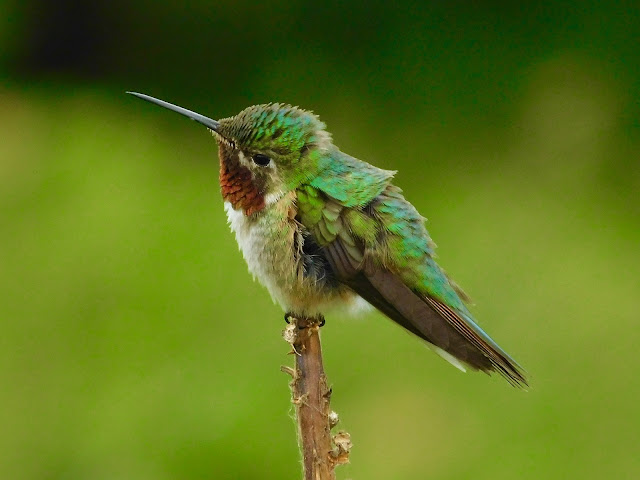The Old Stump, Elk Ridge - Colored Pencil Drawing

"The Old Stump, Elk Ridge" Colored Pencil The morning after a spring storm, Elk Ridge is buried under a blanket of fresh snow. Irregular shapes undulate across the drift's smooth surface as blue shadows exaggerate the billowy folds in the landscape's white tapestry. Scattered across the high ground, a few resilient evergreens call this hostile place home. The subalpine zone is a harsh environment where few organisms are adapted to survive. A single cloud, floating just above the horizon, is a last remnant of the passing storm. The sun's warm rays stream through the brilliant, blue sky inspiring hope that better days lay ahead. Twisted by ferocious winds, the old stump is a weather-beaten warrior that fought until the bitter end. The bare tree trunk symbolizing the strength and perseverance required to survive at such a high altitude. A fantastic Englemann Spruce forms a dark halo around the poor tree snag. In the background, smaller spruce are a new g...


